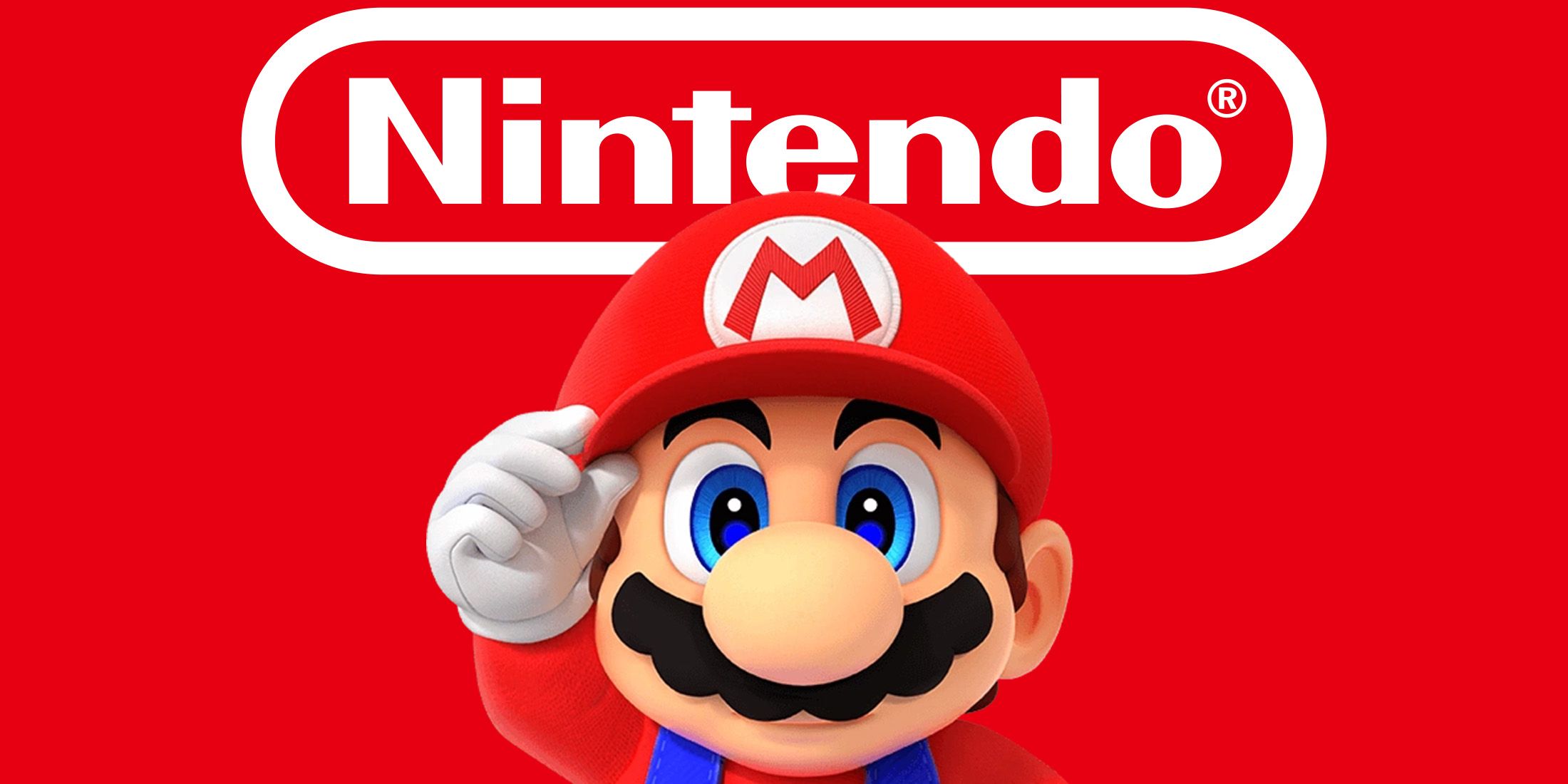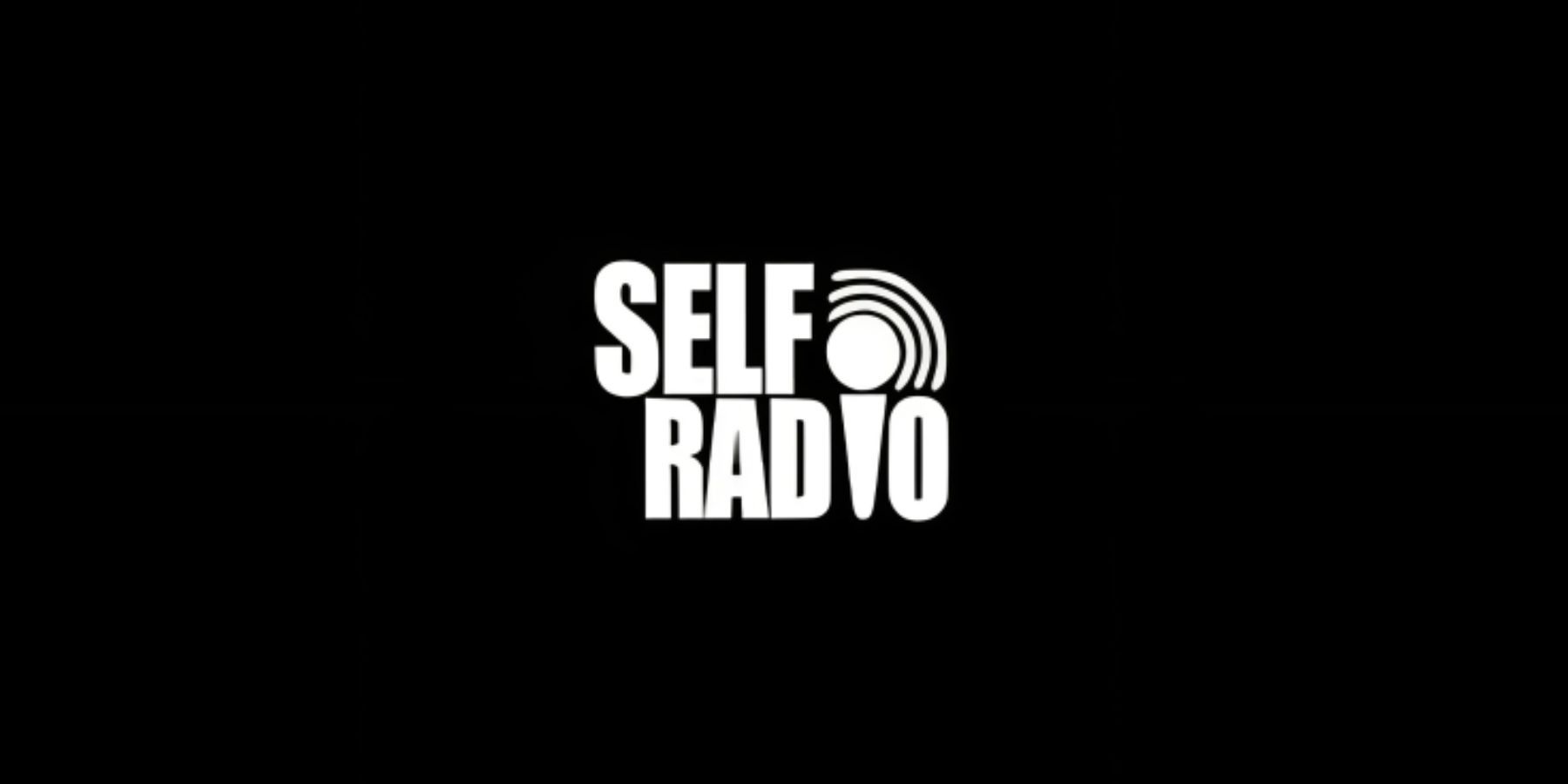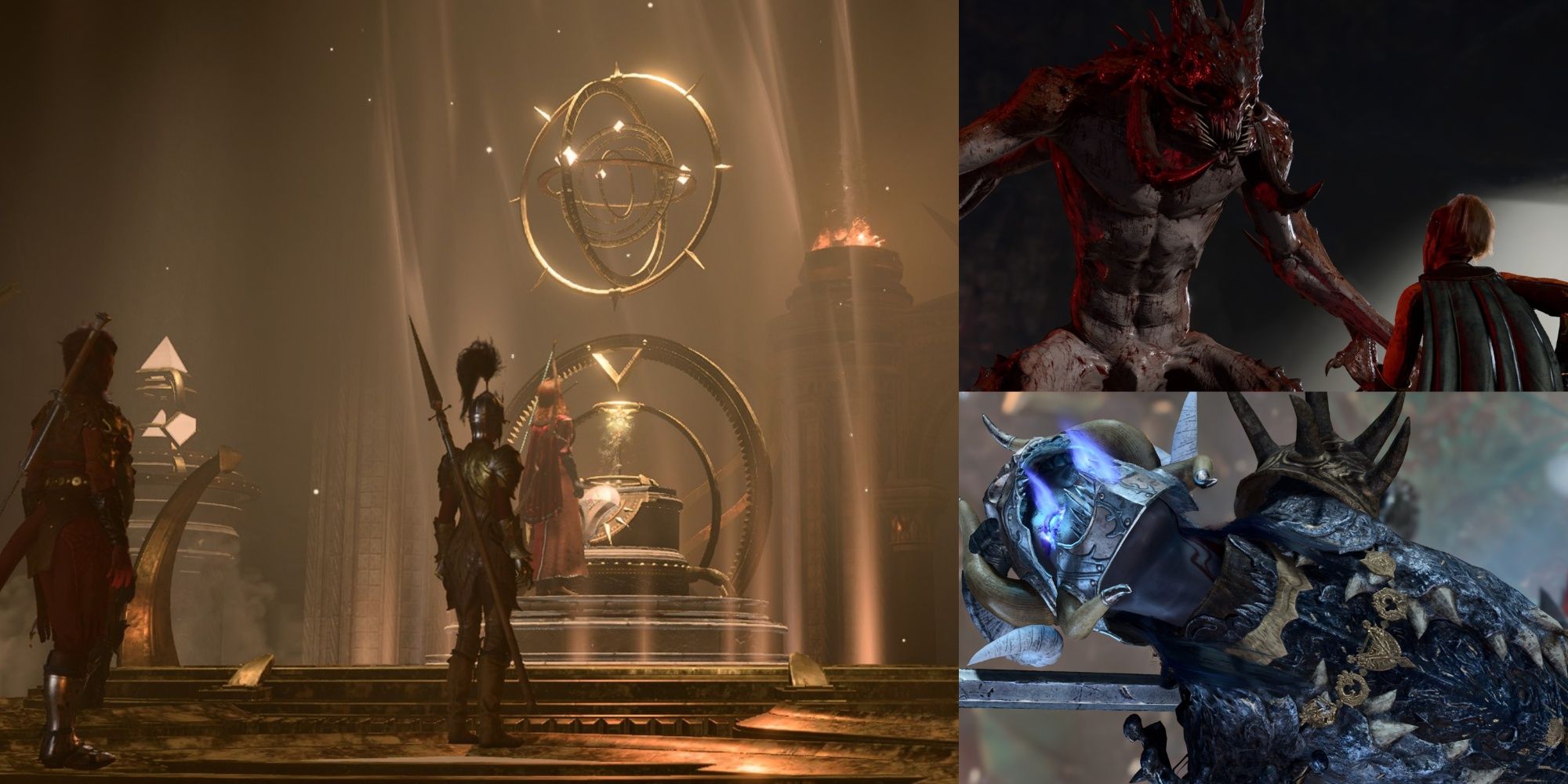Key Takeaways
- The Nintendo Museum has been found to be using Windows-powered SNES emulators for some of its interactive displays.
- This revelation prompted some criticism from social media users, who labeled the company as hypocritical for using such solutions while simultaneously investing significant resources in cracking down on fan emulation.
- While Nintendo has historically strongly opposed third-party emulators, it had few qualms about first-party emulation.
The Nintendo Museum is using emulators for at least one set of its interactive displays, according to some newly surfaced evidence. A vocal section of Nintendo fans found this revelation to be ironic, not least because of the company’s long-standing opposition to emulation.
Following some delays, the Nintendo Museum opened its doors to the public on October 2. The Kyoto, Japan-based center allows visitors to tour the company’s vast library of consoles and titles, in addition to experiencing many of its classic games firsthand.
Related
Nintendo Shuts Down Unofficial Link’s Awakening PC Port
A few weeks after its release, a fan made PC port of the classic Legend of Zelda: Link’s Awakening has been struck down by Nintendo.
Video Suggests Nintendo Museum Uses SNES Emulators
But not all of these interactive displays are powered by vintage hardware. This was recently discovered by Twitter user ChrisMack32 after they decided to unplug one controller from a Nintendo Museum station running the 1990 SNES classic Super Mario World. Doing so prompted the machine to play the instantly recognizable “Device Disconnect” sound event, which Microsoft’s operating systems have been using since the Windows XP days from the early 21st century.
Plugging the gamepad back in triggered the equally iconic “Device Connect” sound event, strongly suggesting that the Super Mario World display at the Nintendo Museum is running on a Windows-powered SNES emulator. This revelation prompted some strong online reactions, with a vocal section of social media users calling Nintendo hypocritical for resorting to such solutions while simultaneously pushing back against emulation software.
Nintendo Has Never Been Opposed To First-Party Emulation
Be that as it may, the Japanese gaming giant’s anti-emulation stance has historically only concerned third-party projects, with the group having no qualms about resorting to such software internally. E.g., the majority of the Nintendo Switch Online game library is emulated, and the company also previously ran a popular 3DS emulation service called Virtual Console. The notion of the Nintendo Museum using emulators is hence in line with this tradition. There is currently no evidence to suggest that the interactive displays at the Kyoto center use anything other than the company’s own emulators, which Nintendo has no shortage of.
Nintendo’s Fight Against Third-Party Emulators Continues
But the fandom’s annoyance with this revelation is far from surprising, especially seeing how it’s barely been a few weeks since Nintendo shut down yet another popular emulation project. It did so in early October 2024, when it contacted Riperiperi, the lead developer of Switch emulator Ryujinx, and had them agree to stop working on the app and even delete its GitHub repository, according to a report from one of the project’s Discord mods. Half a year earlier, Nintendo also managed to shut down Switch emulator Yuzu, although that case was much easier for it to tackle because it successfully argued piracy violations against the app’s developers.
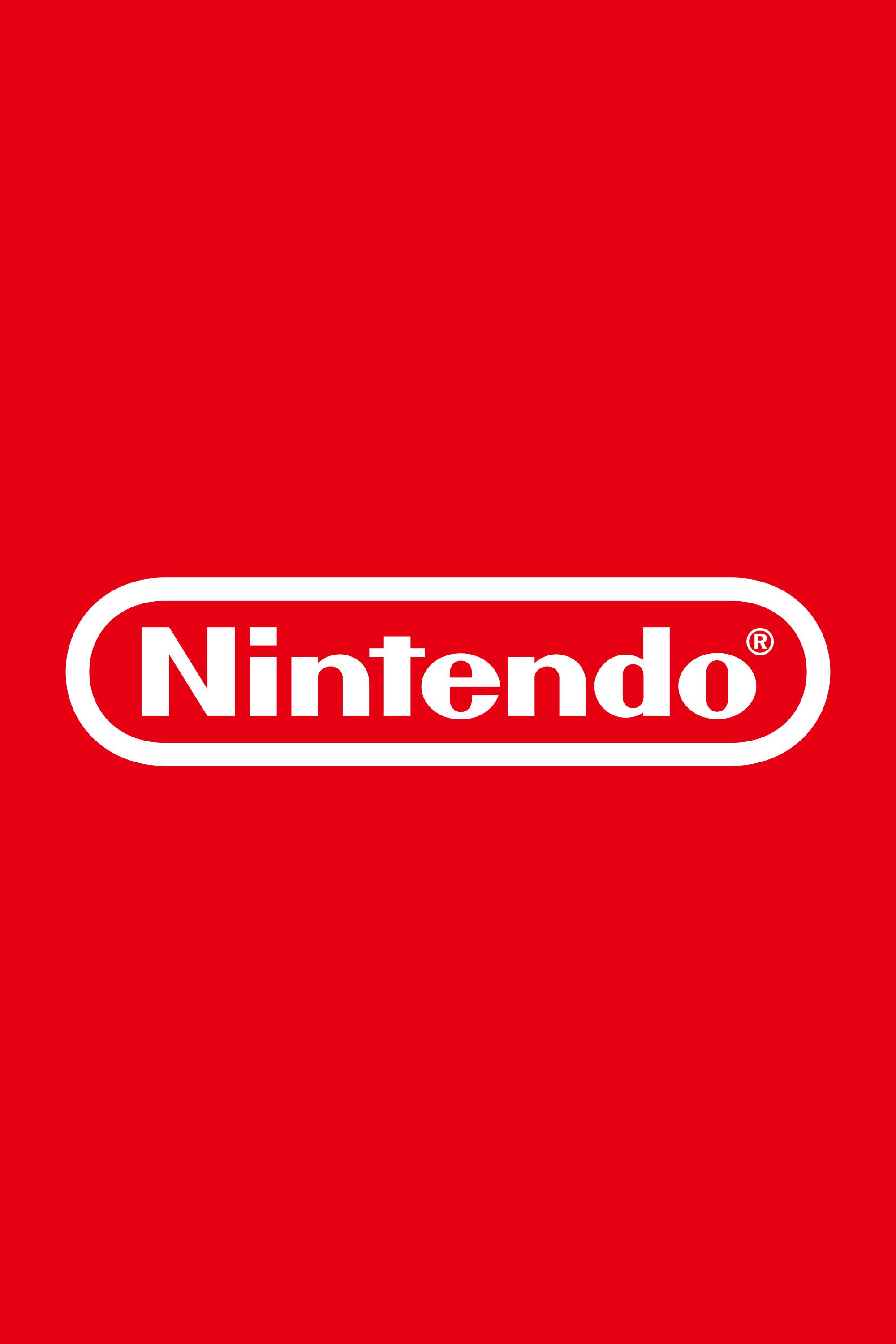
Nintendo
Nintendo is a Japanese video game company headquartered in Kyoto, Japan. While producing highly popular hardware consoles like the Switch, the company is known for its many first party video game franchises like Super Mario, The Legend of Zelda, Fire Emblem, Pokemon, and many more.
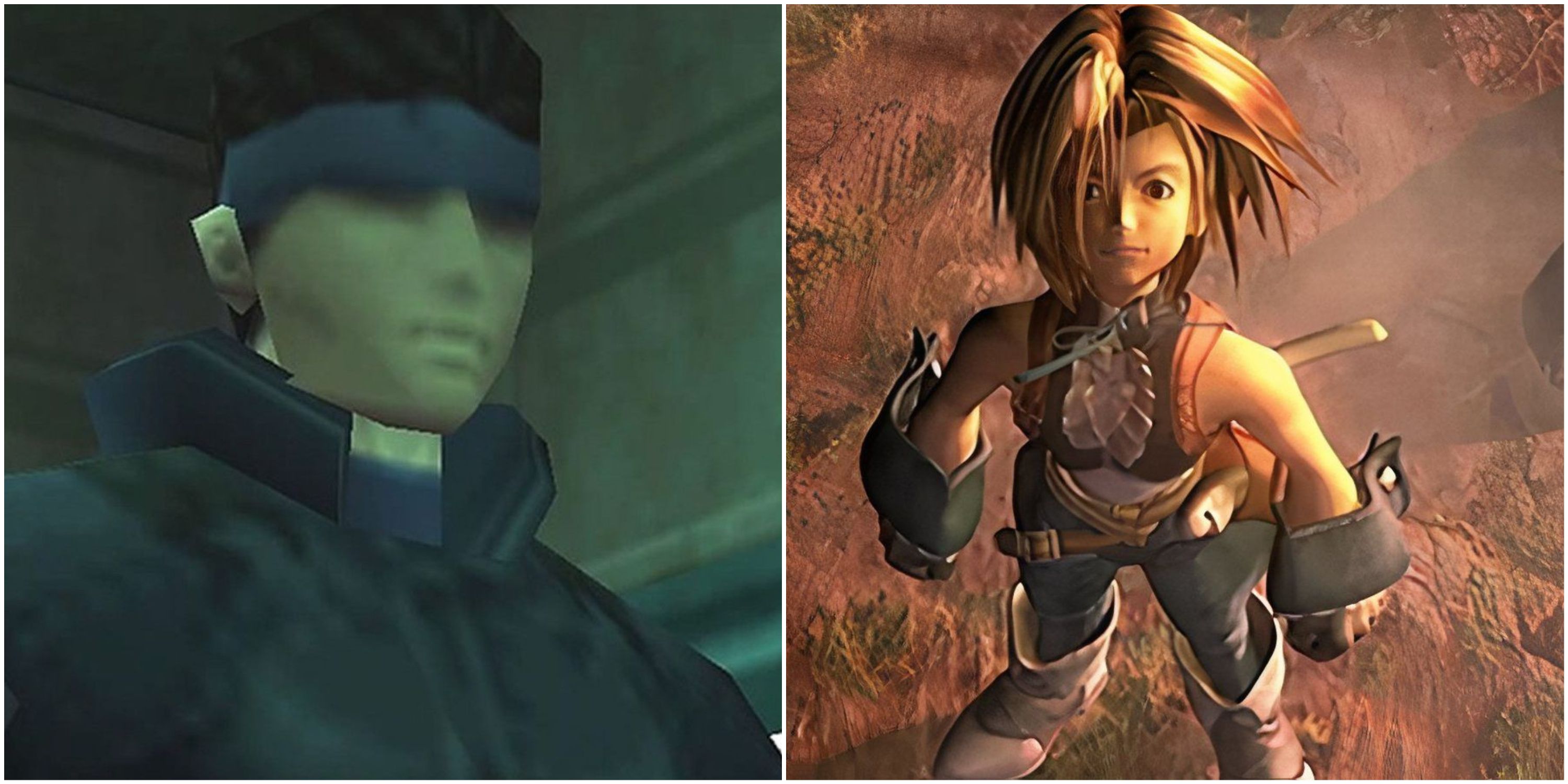
/cdn.vox-cdn.com/uploads/chorus_asset/file/24083660/STK171_L_Allen_Musk_02.jpg)
